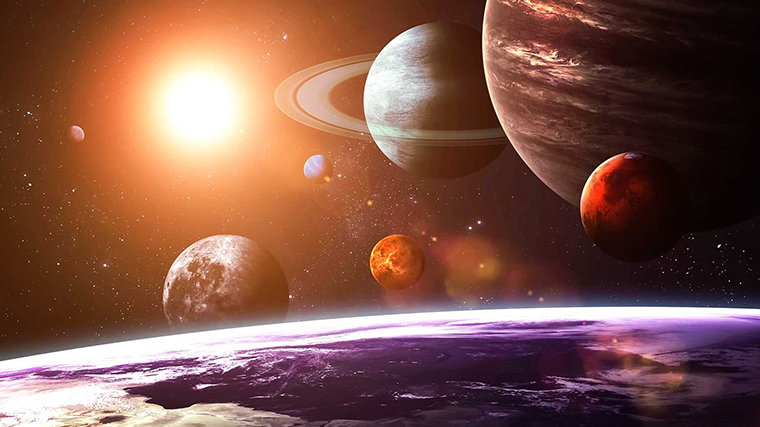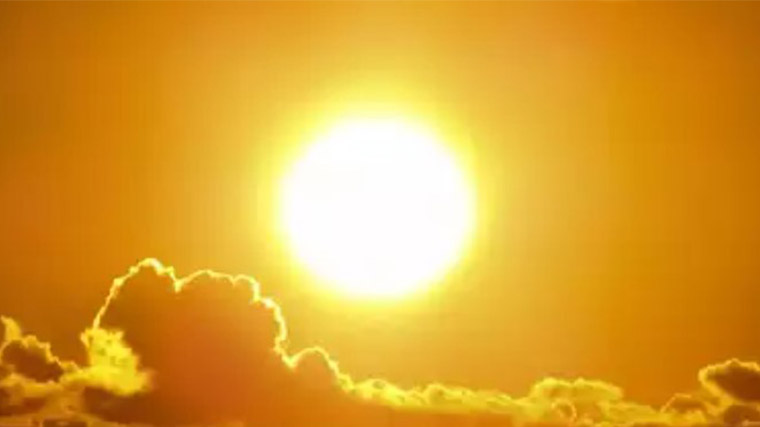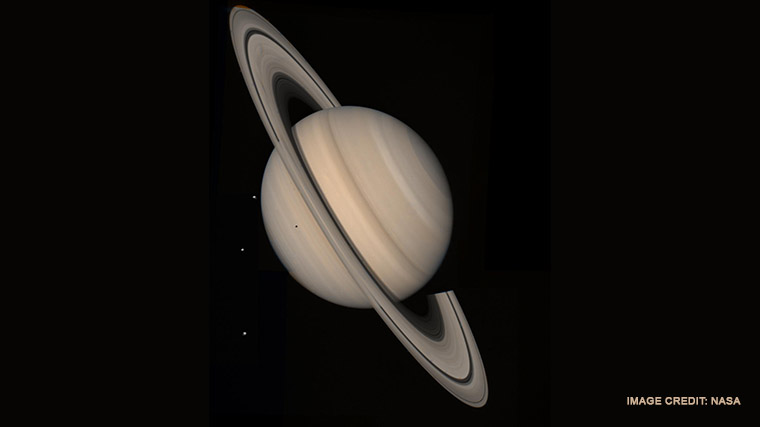The color of the sky is due to the scattering of light in the Earth’s atmosphere.…
Solar system
The main asteroid belt, located between the orbits of Mars and Jupiter, is a unique zone…
2012, a similar event will be observed across the eight US states from Oregon to Texas,…
I have always been interested in what is inside the Earth, later other planets became interesting.…
Even 40 years ago, the formation of planets was considered an orderly process. It is now…
In the distant past, Mars had an atmosphere that was warm, humid, and rich in carbon…
In the process of planet formation, something could go wrong. I wrote about it here. This…
Contrary to the fears expressed in antiquity, the Sun is not at risk of sudden extinction,…
Why didn’t Jupiter become a star? Jupiter has no solid ground and is made up of…
How it all began? An endless cloud of hydrogen and helium molecules is ready to form…
Contrasts of Mercury Let’s start our exciting tour with Mercury, the closest planet to the Sun.…
The Sun accounts for 99% of the mass of our entire solar system. Only 0.000003% to…
The most recent data available was from NASA’s Magellan mission in the early 1990s, which used…
Seismic events occur on the Moon, called lunar earthquakes or lunar seismic waves. These events are…
The solar system is located in the outer spiral arm of our galaxy – the arm…
Do comets come from Oort clouds? The Oort cloud is the source of all long-period comets.…
Solar flares are pieces of the Sun, some of which “fall” to Earth. What happens if,…
The earth consists mainly of the following chemical elements (as a percentage by mass): Oxygen (O):…
Over the last century, we’ve gotten used to having nine planets in our solar system: Mercury,…
Our planet will reach aphelion (the farthest point from the Sun) on July 6. At that…
Uranus: Uranus is the coldest planet in our solar system. Despite its closer proximity to the…
Veteran astrophotographer Andrew McCarthy of Arizona unveiled this spectacular photo of Jupiter on September 17, 2022.…
If the Sun is the size of a watermelon, Mars would be about the size of…
What has been discovered? Studies of the surface of Mars have shown numerous indications that water,…
Have you ever wondered why Mars is often referred to as the “Red Planet”? The answer…
Mercury’s orbit is a swift and eccentric journey, completing a full revolution around the Sun in…
The Moon formed one hundred million years after the creation of the solar system. It did…
Neptune, the eighth planet in our solar system, was accidentally discovered on September 23, 1846. Calculated…
Saturn, the least dense among all solar system planets, boasts a density even lower than water.…
Venus is the brightest natural object after the Moon and the Sun. Venus shines 25 times…





























